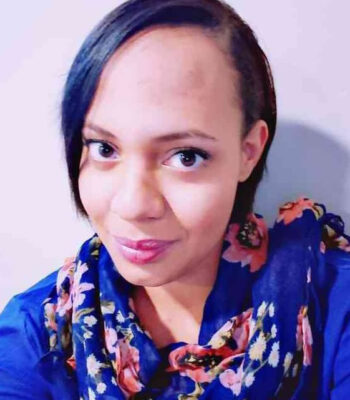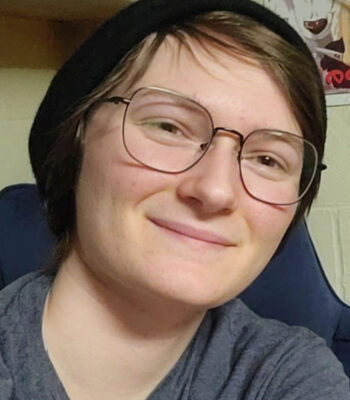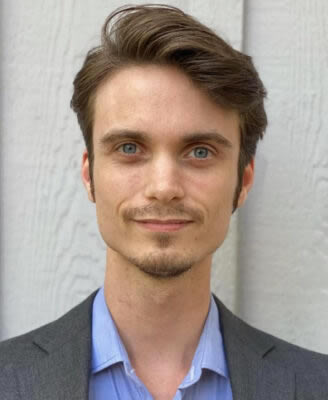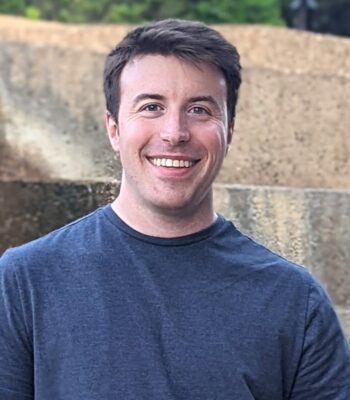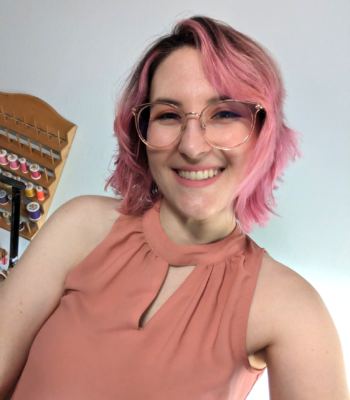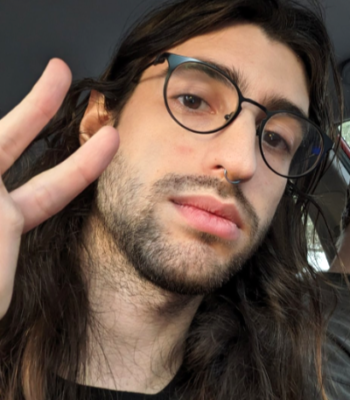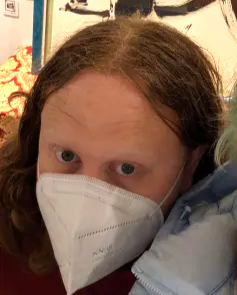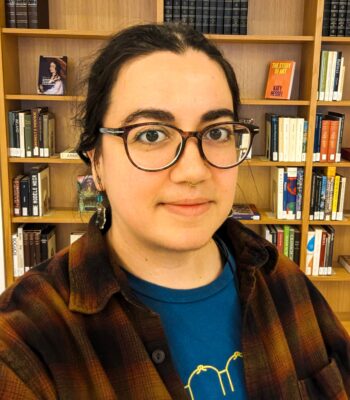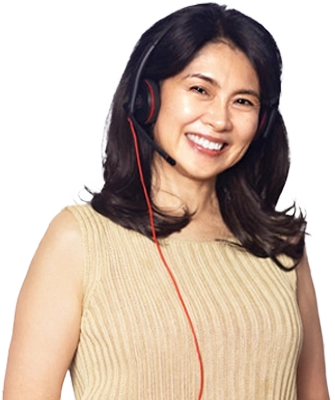- Learning Japanese
- Japanese Culture
From Zero to Fluent in Japanese: The True Story of How I Mastered Japanese and Changed My Life – Part 2: Discovering the Path – The Spark Becomes a Flame
2025.10.08
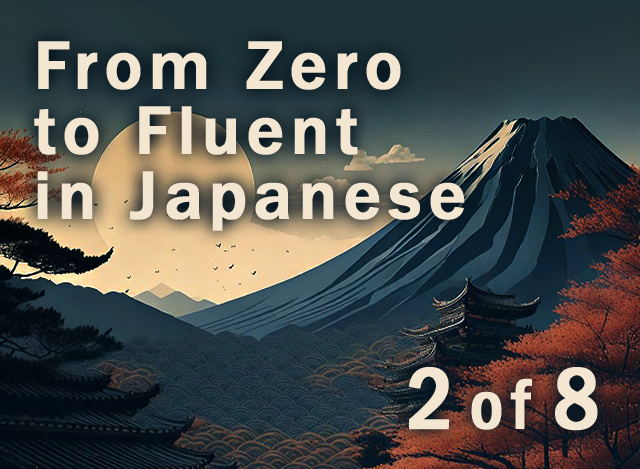
Chapter 7: Japanese 101 and the Unexpected First Encounter
The first day of Japanese class, I walked in with no expectations.
Just curiosity.
I had signed up for Japanese 101 on a quiet intuition, still unsure of where it was leading—but open. Willing. Ready to try.
I figured the teacher would be what you’d expect for an entry-level college language course—maybe a kind, middle-aged Japanese woman, someone soft-spoken and polite. Someone professional. Predictable.
But then she walked in.
Jet-black hair. Crisp black suit. Textbooks in one hand. Very elegant with a quiet intensity in her presence. She looked like no one I’d ever met—and carried herself with a palpable sense of direction and purpose.
She had a sweet voice, a gentle demeanor, and a quiet, unshakable strength.
There was something about her that felt… grounded. Like she knew exactly who she was—and didn’t need to prove it to anyone.
And in that moment—before she even spoke—I felt it.
Just a deep, intuitive knowing:
This person is important. Don’t let her go.
She bowed slightly, then smiled and began class. Her voice was calm, clear, and filled with pride as she introduced the beauty of Japanese language and culture. I remember her saying, “Learning a language is learning a way of seeing the world.” Something inside me stirred.
And then, without fanfare, she started the lesson.
Hiragana. A few greetings. Polite phrases. Stroke order.
But for me, none of it felt basic.
It felt like I had entered a new dimension—one where everything was unfamiliar, but strangely magnetic.
And somewhere in that first hour, as I traced the curves of characters and mimicked new sounds, a vow formed inside me.
I will become fluent in this language.
No. Matter. What.
I didn’t know what that would require. I didn’t know how long it would take. But I meant it.
Chapter 8: The Polisher of Stones
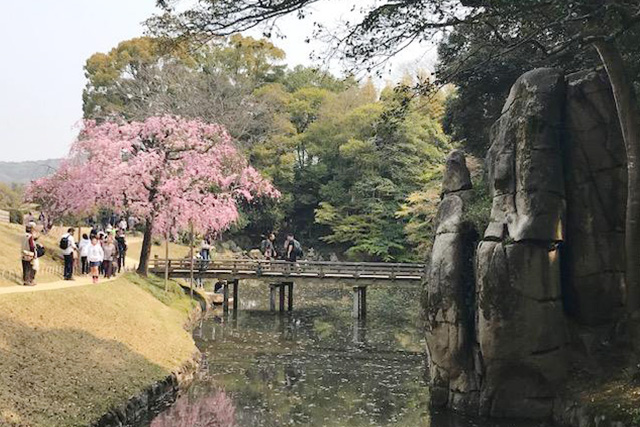
From the outside, Japanese 101 looked like any other intro class.
But the moment you stepped inside her classroom, you knew it wasn’t.
Oku Sensei had a way of holding the room—sweet-voiced, compassionate, bright, and composed, yet with a presence that quietly commanded your full attention. Her lessons were thoughtful, lively, and incredibly engaging. It didn’t feel like class—it felt like something else entirely.
Unfailingly kind, she hugged every student on the last day of class each semester, called all of her students “her babies”, and took care of each and every one of them as if they were her own children. She listened to their worries, concerns, struggles, hopes, dreams, desires, and got to know them as people. She never viewed teaching Japanese as simply teaching the language; she saw it in a much more holistic sense. She saw it as a means to widen the minds of her students, bring out the best in them, and help them grow as human beings into the person they wanted to become.Whenever she held office hours, Students would line up outside of her office sometimes waiting up to an hour just to talk with her for a few minutes about life.
She somehow made learning Japanese feel effortless.
Even when it wasn’t.
Every student felt it. You could see it in their eyes, in their posture, in the way they leaned forward during lessons. Her classes became the highlight of the week—not just for me, but for everyone. The energy in the room was always bright. Focused. Alive. She made you want to try your best—not out of fear, but out of joy. And maybe that’s the rarest kind of teaching there is.
She praised students openly and sincerely, bringing out their strengths with ease. There was no ego, no showmanship. Just this deeply authentic passion—and a way of seeing the best in you before you could even see it yourself.
That’s why she became famous on every campus she ever taught.
Students who hadn’t even taken her class would stop her on campus, wide-eyed and giddy—“ARE YOU OKU SENSEI!?” Like she was a celebrity. And in a way, she was. Not because she sought attention, but because word traveled fast when someone was that good, that genuine, and that impactful.
Parents would tell her, “You changed my child’s life.”
Students would say, “You made me believe in myself.”
And me?
She changed my life for the better more than I can express in words. She helped me find my grit, my confidence, my integrity, my strengths, my sense of purpose, and my willpower. She helped me start living a life of meaning and passion, instead of emptiness and stagnation. It’s her unique talent; she has an unbelievable ability to find the unpolished, raw gems in people. To others, it just looks like a dirt covered rock, nothing special, nothing important. But to her, she sees through the dirt, through the unpolished exterior, and straight into the core of the gem. She gently picks out the gem, and with incredible care and technique, cleans it and polishes it until all of it’s beauty is possible for the world to see. There are many teachers in this world, but very, very few people who can polish rocks into gems like her.
★Also try reading:
In-Depth Comparison: Private vs. Group Japanese Lessons — Which Method Truly Enhances Language Proficiency?
The Grind Begins – Immersed in the Language and the Work
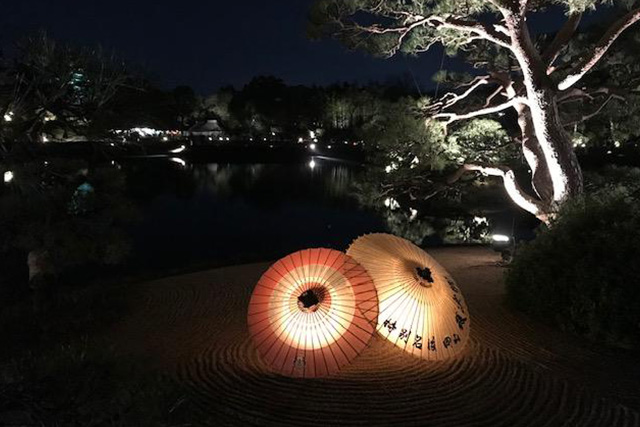
Japanese didn’t come easy.
The structure was completely different. The grammar felt backward. Vocabulary was an endless sea. Trying to remember the stroke order of Kanji felt like an insurmountable wall. It was like someone had handed me a jigsaw puzzle without the box—and half the pieces were upside-down.
But I didn’t care.
In fact, I loved the challenge.
There was something deeply satisfying about it—studying for hours and hours, trying again and again, and for the longest time feeling like you’re not improving. But eventually, right when you start feeling like you were never going to get any better, you understand. Honestly, it felt like playing Dark Souls. Throw yourself at the boss again, and again, and again, failing every time. From the outside, it just looks like you suck at the game and are just losing repeatedly, but things are happening under the hood. Every time you fight in that arena, you’re learning the boss’s move set, honing your timing, your speed, your skill with your weapon. And when you finally beat it, you come out on the other end knowing you YOURSELF improved.
It wasn’t about the grade. It wasn’t about being the best in class. It was about something deeper—like I had finally found the thing that lit me up from the inside.
And once I found it, I didn’t stop.
Every spare moment went into Japanese.
Between classes, I’d be scribbling hiragana on the corners of notebooks. Late at night, I’d be reviewing sentence patterns by the glow of my little desk lamp and laptop screen. Weekends became quiet marathons of repetition: writing, listening, rewriting, listening again. I didn’t party. I didn’t scroll endlessly. I didn’t care what anyone else was doing.
All I wanted was to get better.
There’s a kind of effort that feels heavy. Forced. Driven by fear or expectation.
This wasn’t that.
This was effortless effort. Like the work had stopped being “work” and had become part of my identity.
No one told me to study that hard.
No one needed to.
Something inside me had already decided.
People noticed. All my friends thought it was hilarious that I was so into Japanese. “Classic Julian being a weirdo”. One friend even asked me “Japanese? Are you crazy?!”. But I didn’t care. The flame was already ignited.
That promise I made on the first day—to become fluent, no matter what—wasn’t some punishment or pressure I placed on myself.
It was the most natural commitment I had ever made.
And once I made it, I never looked back.
Chapter 10: Facing the limits of Self-Study
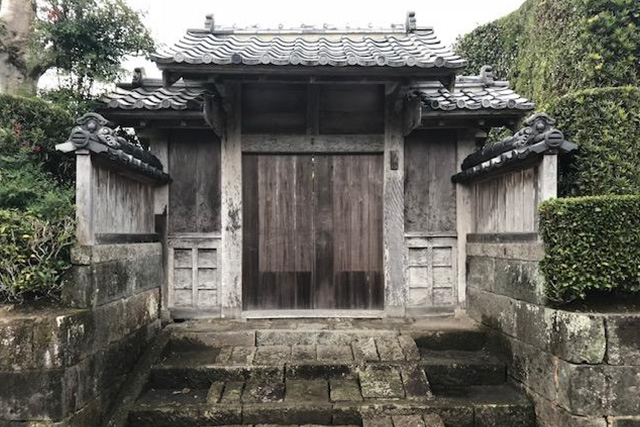
After my first year of Japanese classes ended, I was still fired up and ready to learn.
I’d promised myself I’d become fluent—no matter what—and now that summer had arrived, I felt ready to keep the momentum going.
So, like most learners do at some point, I turned to the internet.
YouTube. Language apps. Flashcards. Online grammar blogs. I figured that if I just put in the time and stayed consistent, I’d be able to teach myself to some extent.
At first, it felt like progress.
But pretty soon, everything started to blur.
YouTube videos were fun, but shallow. They were more like snacks than meals—entertaining, but not very filling. I binged quite a few, but they just left me hungry without seeing the bigger picture. They didn’t help me connect the dots between basic sentence patterns, or give any kind of curriculum to show what I needed to learn, when, or why.
Most of the videos were the same; teach you basic Hiragana and Kataka, essential fixed phrases you use in daily life while living in Japan, a sea of “how I became fluent in Japanese” videos that give no tangible methods, etc. I will admit; the Hiragana and Katakana videos were pretty good, and the videos about the adventures of Gaijin in Japan were entertaining. But did it help me learn the structure of Japanese and teach me how to make my own sentences? Absolutely not. I felt very quickly that I would not find what I needed from Youtube, and turned to the next thing; Apps.
Language apps were another story. At first glance, they looked impressive—sleek design, bright colors, cute sound effects. They gave you that little dopamine hit when you got an answer right, and they felt like learning. But over time, I began to realize something: they were kind of like fake people with superficial charm.
Nice on the outside, empty on the inside.
The deeper I went, the more hollow it all felt. Most apps weren’t built around actual language acquisition principles—they were built around retention metrics, gamification, and keeping users “engaged.” I wasn’t building a foundation—I was collecting points. The sentences I was learning were bizarre and out of context. I’d get ten lessons deep and still not know how to properly introduce myself or ask someone a basic question.
Everything was scattered. There was no curriculum, no big-picture structure, no scaffolding of ideas. It felt like a thousand puzzle pieces from different boxes all thrown together—colorful, maybe even entertaining, but impossible to assemble into anything coherent.
I kept thinking, “Maybe I just need to stick with it longer,” but deep down, I knew: this wasn’t the right tool. I wasn’t learning how to use Japanese—I was just learning how to tap buttons in the right order.
So I went back to basics: notebooks and vocab lists.I would write down new vocab over and over in my notebooks, and wrote pages upon pages of lists for the vocab I was trying to remember. I’d even write the Kanji with the furigana on top every time, and made little cute charts with boxes and everything. Looked very official. Made me feel like I was accomplishing something.
But was I actually accomplishing something? Not really. It just made me feel like I was accomplishing something—when in reality, I struggled to remember the vocab just the same, and every time I opened the notebook I had already forgotten most of the words. Things just weren’t clicking like they used to.
I was putting in the time, but not seeing results. My motivation started to drop. That initial fire I felt in class—where every word felt exciting, every lesson made sense—was fading.
I started wondering if something was wrong with me.
Was I doing it wrong?
Was I just not cut out for this?
And then I remembered something.
Oku Sensei had once told me, “Context is everything.”
So I reached out.
She sent me some of her own personally written reading and grammar practice materials—short stories, clear examples, just a few pages each. Nothing flashy. But they were structured, thoughtfully designed, entertaining, well written, and built in a way that made everything click again.
Grammar points didn’t float in isolation—they were anchored in context. Vocabulary wasn’t a list—it was part of a conversation. For the first time in weeks, I felt like I was actually learning again.
That was when I understood: effort alone isn’t enough.
If the path isn’t built well, even your best effort leads nowhere.
Self-study has value. But it has limits.
Without structure, you drift.
Without context, you forget.
Without guidance, you stall.
That moment taught me something I never forgot—and it’s a big part of how we design OSJ today:
Clear, connected, context-driven learning.
Built with purpose.
Shaped by experience.
★Also try reading:
The Best Way to Learn Japanese Online: A Comprehensive Guide Introduction







